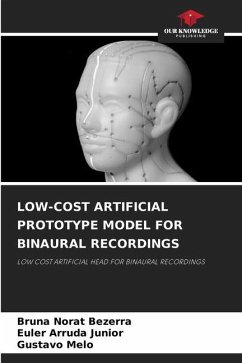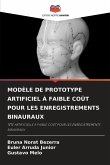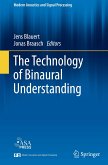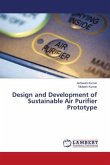Artificial Head (Dummy Head in English or Kunstkopf in German) is an acoustic method used to make binaural recordings (which has or is related to both ears), allowing the listener, with the use of headphones, to perceive the spatial dimension the location of sound sources and the acoustics of the room where the recording took place. Thus, the method simulates the hearing of the human ear. The use of these artificial heads is an excellent resource for psychoacoustic recordings and analysis, however, it is difficult to access due to its high cost and limited national availability (unlike in countries such as Germany, the United Kingdom and the United States). In this way, this work aims to design an artificial head from more accessible and low-cost materials and models, comparing its level of accuracy with existing commercial models. This comparison was carried out quantitatively and qualitatively, in which the analysis was made by the average pattern of HRTFs (Head Related Transfer Function) of the proposed head with those available in the open domain, at several different angles.








